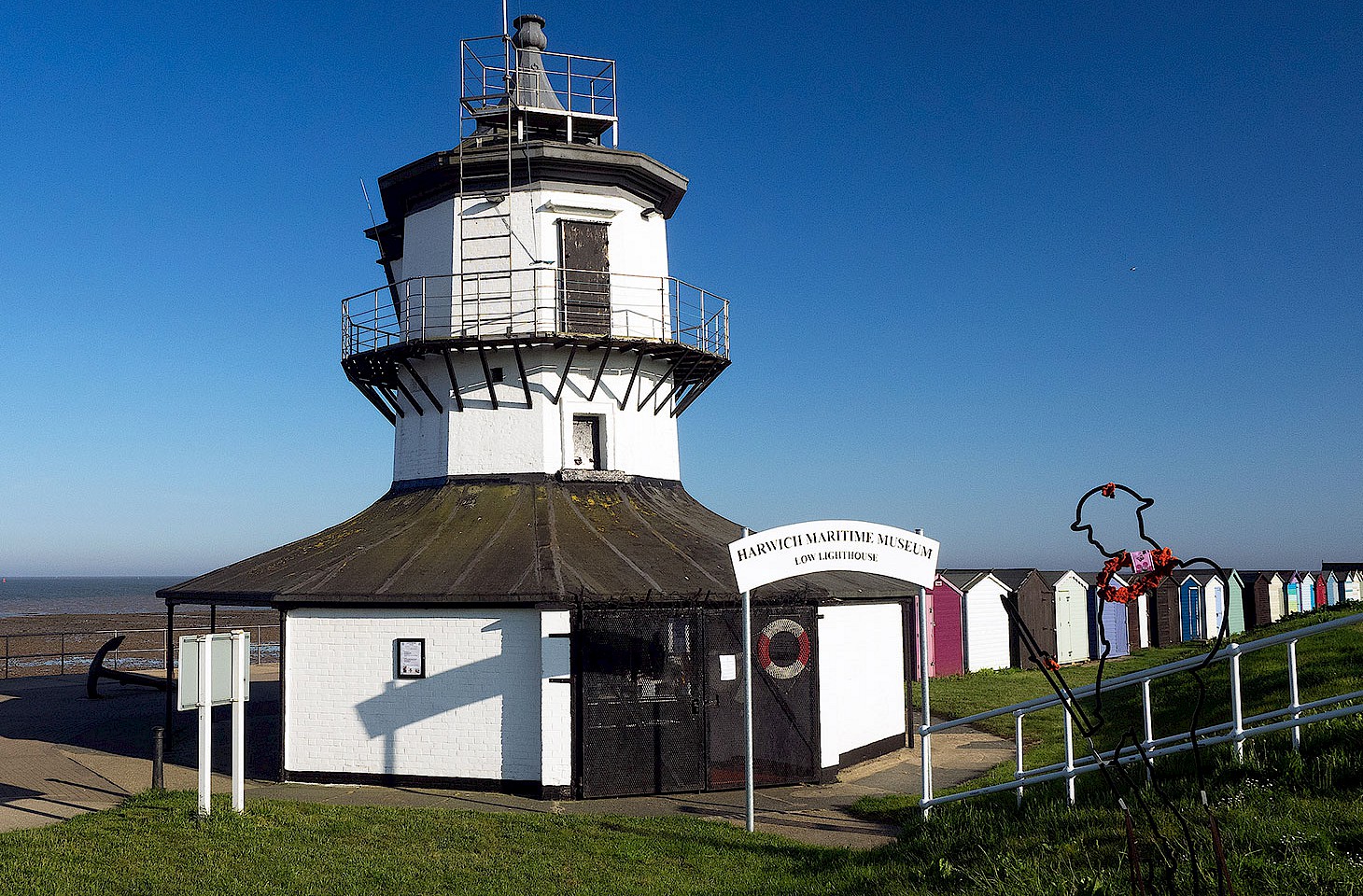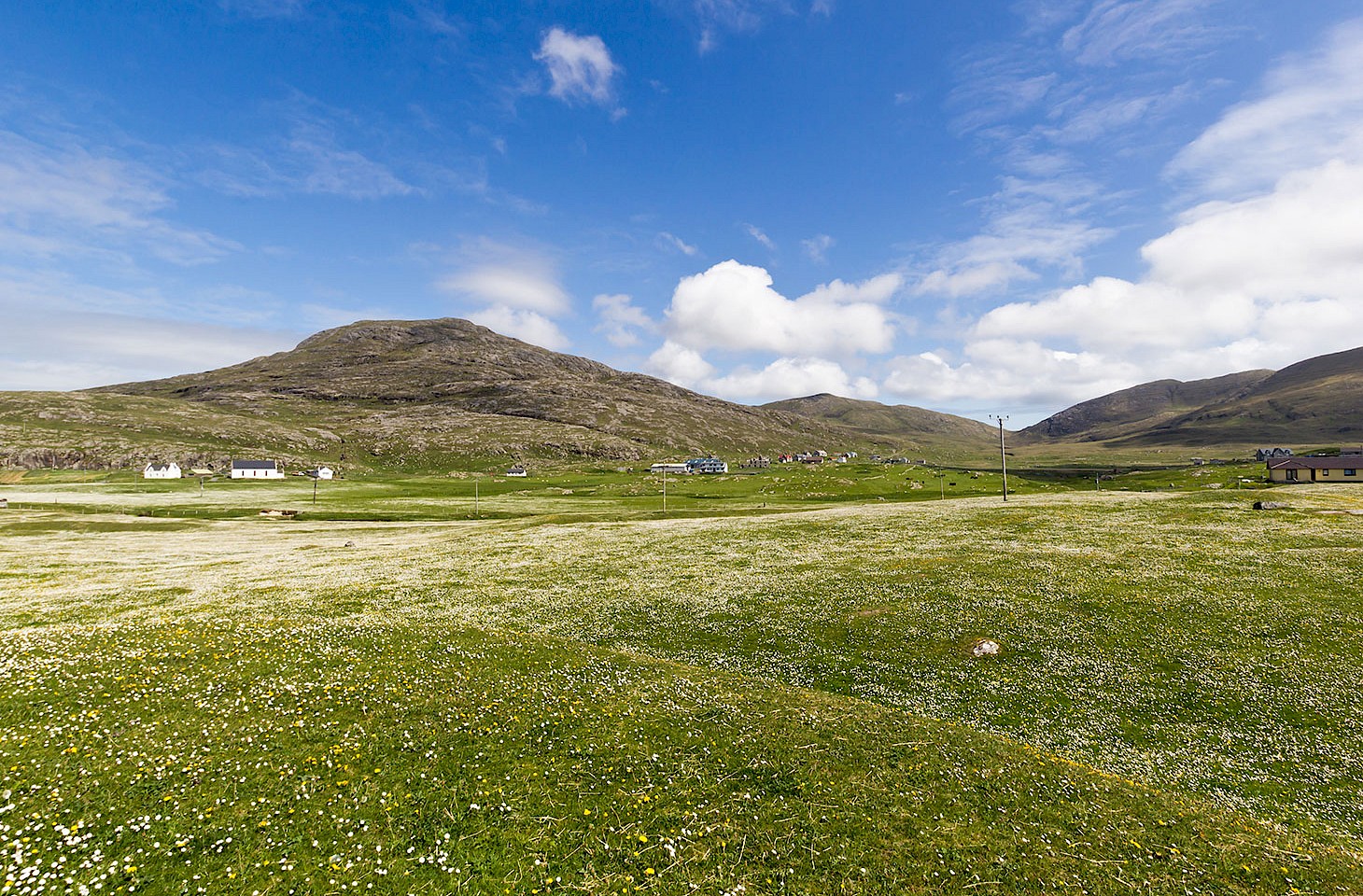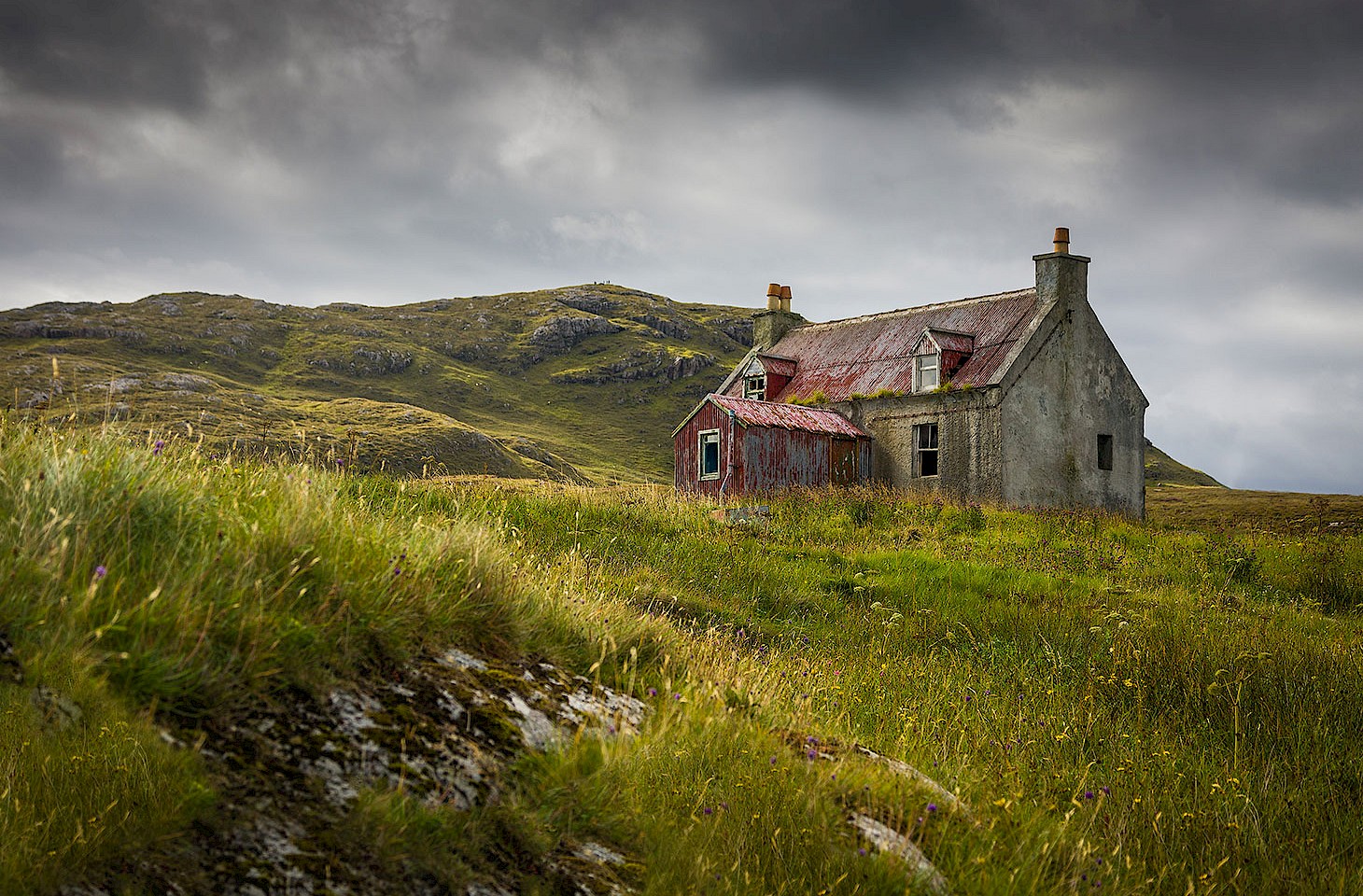Many are the pleasures of Berlin life. But absolutely one of our favourite routines is to choose a sunny spring day for a boat trip from Wannsee. The steamer chugs out from the lakeside edge past the wooded peninsula that shelters the secluded villa where in January 1942 senior Nazis gathered to thrash out the details of the Endlösung der Judenfrage (the final solution to the Jewish question). Despite those troubling historical connections, today this is a blissfully peaceful area where Berlin blends imperceptibly into Potsdam, all part of the grand design of Peter Joseph Lenné, the master landscape architect who served the Prussian nobility. Cruise towards Potsdam and there are beautifully contrived vistas: the Romanesque church at Sacrow and the exotic outline of the Nikolskoe church, faintly Orthodox in demeanour with its onion dome. But best of all is the picture-perfect white castle that dominates the eastern approach to the Pfaueninsel (Peacocks' Island).
The Pfaueninsel rests gently amid the lakes and forests. In its heyday, it was one of the most extravagant follies ever devised - one that seduced even perceptive travellers like Theodor Fontane. The kangaroos that so entertained nineteenthcentury travellers have long since gone, but the peacocks remain. That castle is a festival of mock Gothic turrets and Romantic illusion, a mere facade, but a piece built in the fine tradition of European follies.
A good ruin appeals to the Romantic imagination. Byron, in the fourth canto of Childe Harold's Pilgrimage, depicted the decay of Venice as a spur to meditation. But Venice, to an earlier generation of travellers, came with all manner of attendant risks, so how much better it might be if the spirit of Europe's distant lands could be transported to our own back gardens.




